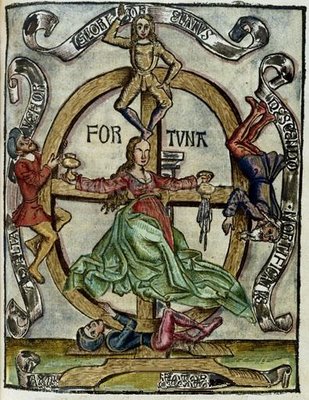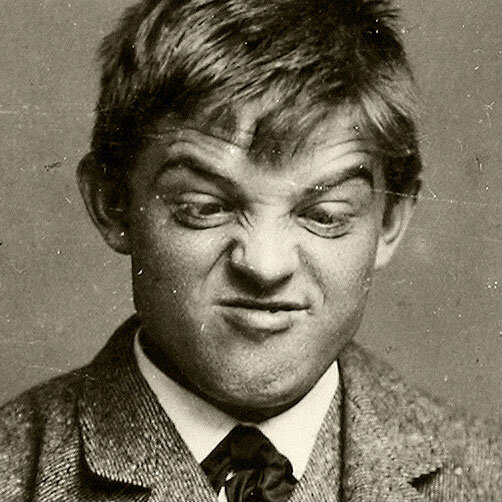That was the week that was. It’s over let it go” sang the
wonderful Millicent Martin in TWTWTW.
Would that we could say something similar about the travesty of a Proms season
which has just ended. I first went to the Proms in the 1950’s when Sir Malcolm
ruled the waves, so I can look back for most of the last 60 years, but actually
I don’t want to go there although I have to say that the dumbed down season
just ended hardly compares, in my opinion, to the glories of past Prom seasons.
No, GOM wants to have a go at the audiences and the management of the Royal
Albert Hall. From this I must most emphatically exclude the seasoned Prommers
themselves who endure the toughest conditions, listen with extraordinary
attention and are a quite wonderful audience as any orchestra or performer who
plays there will tell you.
No, it is the management and ‘seated’ audience who deserve a
serious douche for helping to turn a
once great institution, something to be cherished, into the equivalent of ‘a
bad night at the Odeon’. For a start, is it really necessary, as now happens,
actively to encourage people to bring drink into the auditorium? If you order a
drink at a bar in the Royal Albert Hall you will probably be asked whether you
want it for immediate consumption (in which case you will be offered a glass)
or whether you want it to take into the
auditorium (in which case you will get it in a plastic beaker, quite possibly
with ice cubes to rattle). Add to this, that one can now buy popcorn in a cardboard
container ‘to take in with you’ – personally I loathe the smell of popcorn and
if I am in the Tube when someone gets on with fast food, I generally go and sit
in another carriage – but in the Albert Hall one has no alternative but to sit
tight and grit one’s teeth whilst they rattle their popcorn and shake their ice
cubes.
Then the attendants themselves. What is the point of them?
At the first of the recent Vienna Philharmonic concerts which started half an
hour earlier than usual, Brahms 3rd Symphony was disrupted by
hundreds, literally hundreds, of people being admitted and shown to their seats
after the first and second movements.
Cue extended break in proceedings and goodbye any chance of a normal cumulative
concert-going experience.
And finally the ‘seated’ audience itself. Desultory clapping
between each movement of a symphony aside, their behaviour frequently has to be
seen (and heard) to be believed as they happily chomp through their popcorn,
rattle their ice cubes, chat noisily, take photos on their mobiles (despite
injunctions that no photography is allowed) and generally behave in a way that
would be unacceptable in any public park on the warmest of days. For instance,
at recent Proms I had two girls constantly snogging each other throughout one
performance and, at another, a middle-aged pair spending the evening, he with one
hand up her skirt. Between times the female of the pair asked me “When are we
going to get the audience participation?” (I very nearly replied that there
seemed to be plenty going on already). Poor David Attenborough seated next to
us was meanwhile whacked on his knee by the person in front of him swinging
vigorously on his swivel seat and then turned round to glare at someone in the
box behind us eating noisily at the breathless close of the Scène aux champs.
To be perfectly frank, going to the Emirates stadium for an Arsenal game, one is now far more likely to
encounter acceptable crowd behaviour any day, and actually to enjoy the
experience.















